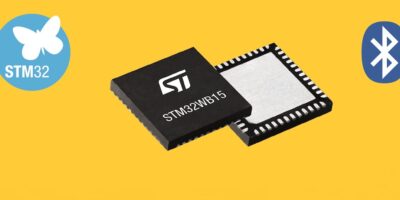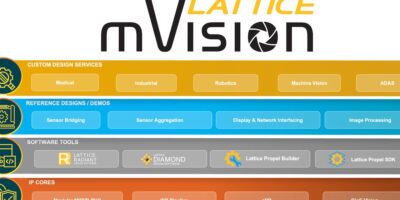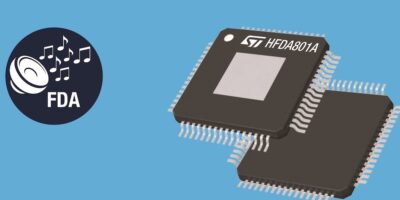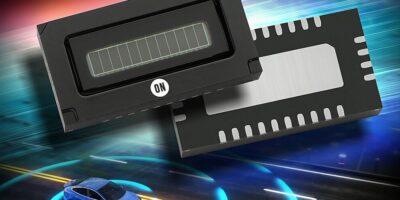Devices that combine entry-level features with extra power savings have been added to the STM32WB Bluetooth Low Energy microcontroller series.
The dual-core STM32WB15 and STM32WB10 Value Line pair an Arm Cortex-M4 processor, which runs the main application with a Cortex-M0+ for Bluetooth 5.2 connectivity. ST explains that this ensure real-time performance from each. The radio stage has a 102dBm link budget to ensure reliable connections over long distances and integrates balun circuitry to save board space and reduce the bill of materials.
The STM32WB15 and STM32WB10 have a power saving mode that allows the radio to remain operational. They also have tailored peripherals and memory to suit cost-sensitive, power-conscious embedded applications including wearables, beacons, smart circuit breakers, trackers, IoT endpoints, and equipment for industrial automation.
There is a software development kit (SDK) for each microcontroller. This includes standardised radio protocol stacks and openness to proprietary protocols with a set of security mechanisms that ensure safe software updates for device integrity. There is also Proprietary Code Read-Out Protection (PCROP) to guard intellectual property.
The STM32WB series scales across package variants, offering options such as extended general purpose I/Os and pin-to-pin compatibility between similar packages of the portfolio. Customers can migrate designs between devices to take advantage of different features and memory densities.
The development ecosystem includes STM32Cube-certified radio stacks, software expansion packs and sample code, the STM32CubeMX configurator and initialisation code generator, the STM32CubeIDE development environment, a powerful STM32CubeMonitor-RF evaluation tool, and associated Nucleo hardware tools.
The STM32WB15 and STM32WB10 microcontrollers are in production now, offering various pin-compatible configurations in a QFN48 package.







